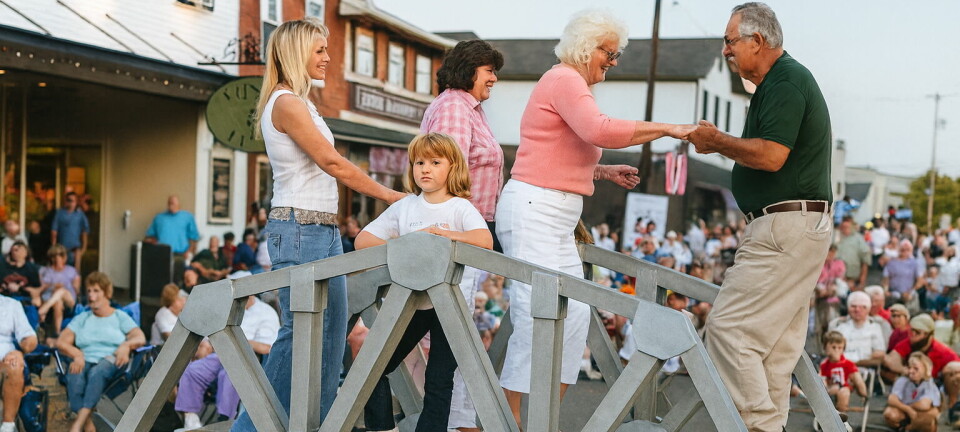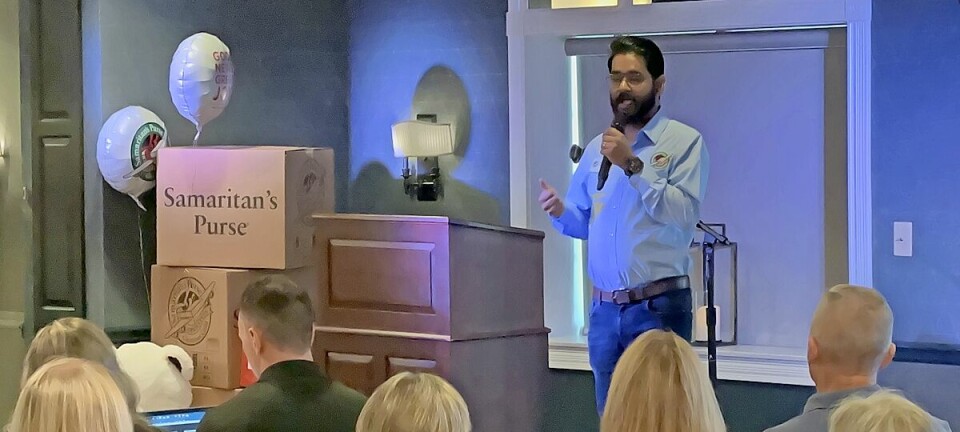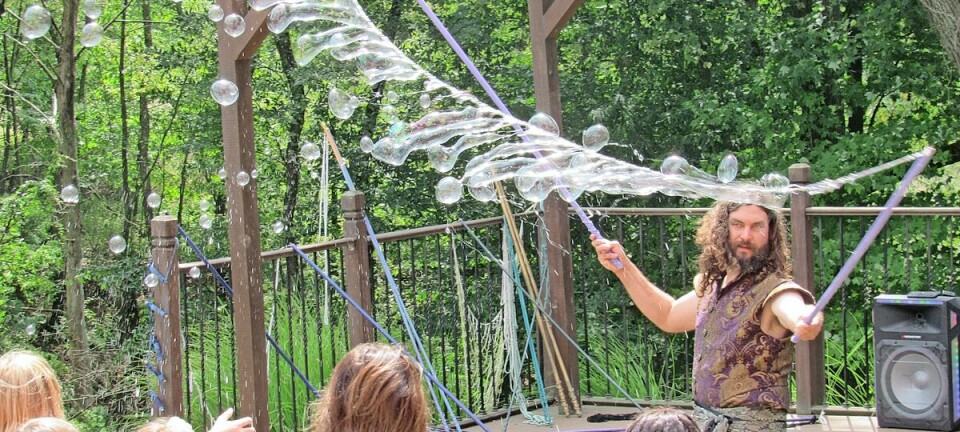A pair of Merlins discovered in Mt. Vernon
This time of year you never know what nesting information will be in the news, especially with lots of people helping with the Breeding Bird Survey again this summer. This week the news was especially exciting, although a bit bizarre. Who would expect to find a pair of Merlins in Mt. Vernon? Fortunately, the person that noticed them is interested in birds of prey. When she saw these two birds hanging around her neighborhood, she was curious. After getting some good looks at the birds, she came to the conclusion they had to be Merlins, although that would not be what one would expect. Normally a pair of raptors in that kind of location could easily be Cooper's Hawks. A pair of Cooper's Hawks even nested and raised young right on campus at Goshen College a few years ago, unbothered by hundreds of students passing very close to the nest.
Just a bit of background information - Merlins are members of the falcon family, somewhat bigger than American Kestrels, the better-known member of the family. Peregrine Falcons are the third member of the falcons that occur in Ohio, now known for nesting on tall buildings in many of our larger cities. But Merlins have not nested in Ohio, at least not for sure, and certainly not in the last 80 years or so. Checking with Bruce Peterjohn's, Birds of Ohio, I found that "there may have been a small breeding population within the extreme northeastern counties. Kirtland reported a nesting pair in Cuyahoga County before 1858." Around 1930 there were reports of summer records in northeastern Ohio but no nest was ever found.
Merlins were quite rare migrants in Ohio around 1950-1960, but when certain pesticides were banned, they rebounded, along with Peregrines. Most interesting has been the discovery of wintering Merlins in Ohio, beginning in the 1990s. We used to drive up to Bath in Summit County, where up to four Merlins would show up each winter evening just at dusk. This was my introduction to Merlins, since we could observe them easily. More recently, they have been regular winter residents in several cemeteries in the Cleveland area and even as close as Mansfield. But none of these birds stayed around or attempted to nest as far as I know.
Merlins are powerful in flight. When we see one during a spring or fall hawk watch, it often is flying fast, sometimes at low levels, often disappearing before we can get a really good look. They are also feisty birds and will chase anything. At hawk watch sites, they sometimes dive at an artificial Great Horned Owl on a pole. They normally are found in open areas, including shorelines, marshes and fields.
And now we have a pair in Mt. Vernon. This pair has been observed mating and have been defending a nesting territory. At least one of the birds has been observed chasing squirrels away from the nesting area. We will be watching these Merlins with great interest in the coming weeks, hoping for nesting success. So far there is no evidence that eggs have been laid or that eggs have hatched. Still, this is an amazing discovery, one that is especially exciting for those of us who are fascinated by raptors.
Good birding!

























